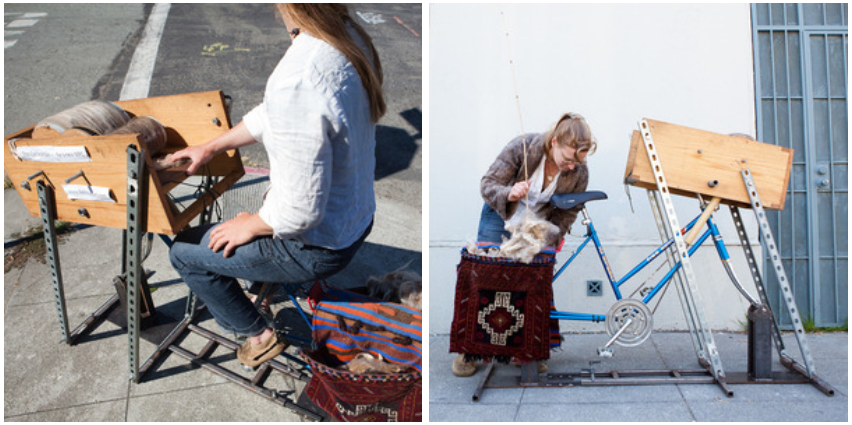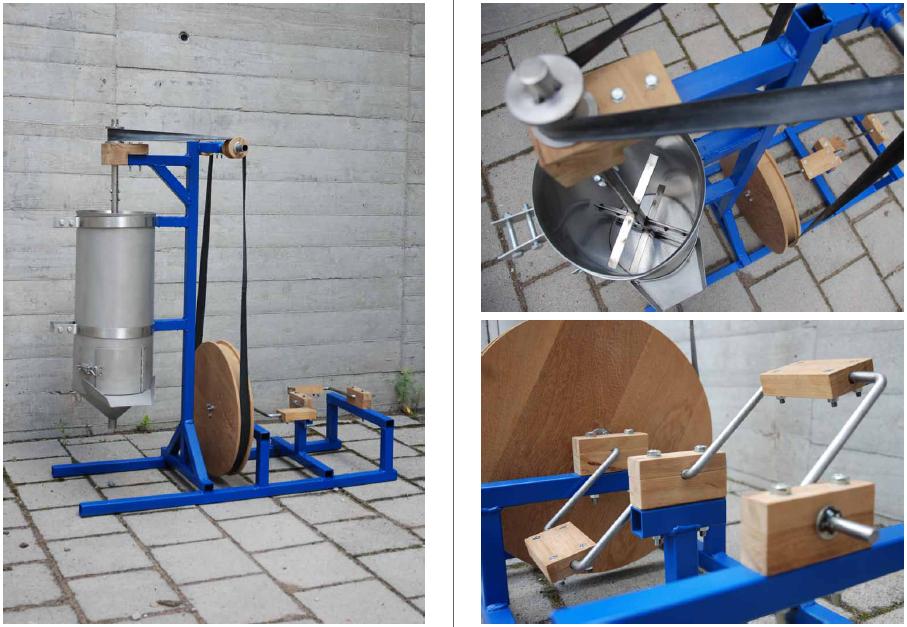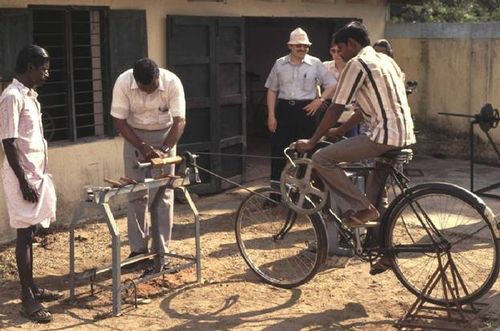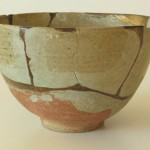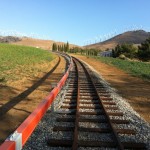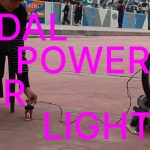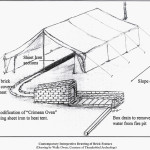The ingenious Chinese wheelbarrow lives on in Angola, Africa. The contemporary design is similar to the Ancient Chinese vehicle, except it uses straight boards and a car tyre.
The machine and the men pushing it are both called “roboteiros”.
More pictures: 1 / 2 / 3 / 4 / 5 / 6 / 7 / 8 / 9 / 10 / 11 / 12.
Thanks to Marco Cecilio.

